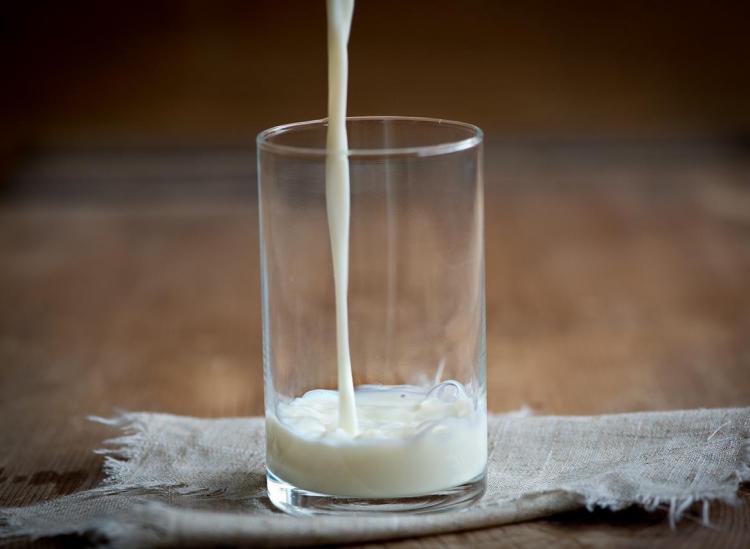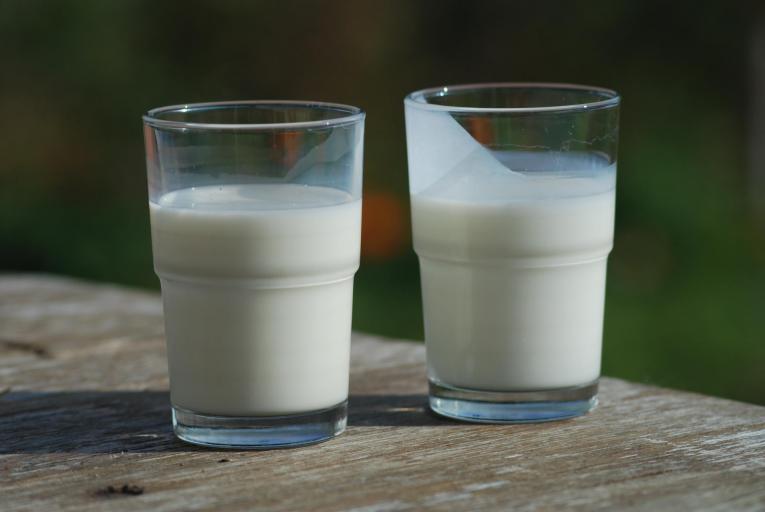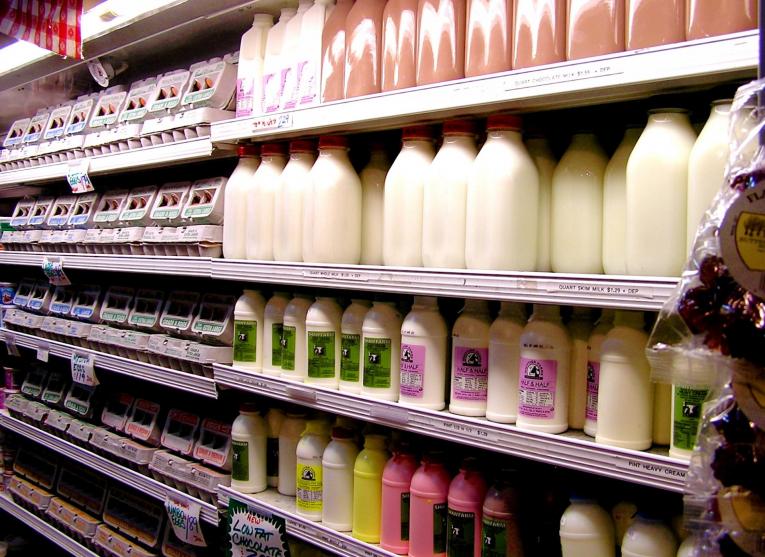This Is Why Buying Organic Milk Could Save You Money

Max Pixel
A cold glass of milk easily goes with a plate of cookies and it’s a key ingredient in old school hot chocolate. Plus, let’s be real, you can’t eat a bowl of cereal without it. However, milk easily spoils if you don’t use it all by the expiration date. And that wasted milk is wasted money.
But not all milk has the same shelf life. Organic milk can last longer — the average carton can last anywhere from twice to three times as long as conventional milk — meaning buying organic milk could give you more time to use the entire carton.
So if you’ve toiled with the idea of buying it organic but just haven’t yet, we might have the money-saving reason to convince you once and for all. Buying organic milk can save you that wasted milk money. While the price of organic milk might be higher than regular milk, in the long run, you could end up with more cash in your pocket.
Organic Milk Lasts Longer
Organic milk is usually pasteurized at an ultrahigh temperature of more than 280 degrees Fahrenheit for two seconds. This process kills all the bacteria and allows organic milk to have a longer shelf life than regular milk.
Regular milk usually undergoes a pasteurization process that only heats it for at least 15 seconds at 161 degrees Fahrenheit, killing any bacteria dangerous to humans but not the kinds that can cause milk to spoil.
The Cost Of Organic Milk And Regular Milk

Wikimedia Commons/Ukko-wc
Organic milk often costs more than regular milk because it costs the dairy farmers more money to produce the milk in a way that meets the USDA organic standard. This includes the way dairy cows are treated and what happens to the milk between the farm and the grocery store, such as the pasteurization process.
So we know that organic milk costs more and that it also lasts longer. However, to really understand how it could save you money, we needed to compare the prices of both organic milk and regular milk side by side.
For this example, let’s say you live in New Jersey and shop at ShopRite. Your brand of choice for organic milk is Stonyfield, and for regular milk, it’s ShopRite brand. So let’s go granular and look at the details for each one before breaking down the true cost of both.
Stonyfield Fat-Free Organic Milk
- $5.79
- 64 fluid ounces
- Average shelf life of 40 to 60 days
Pro Tip: Look for sales! At the time of writing this article, Stonyfield Organic Milk was on sale for $4.79.
Regular ShopRite Skim Milk
- $3.79
- 128 fluid ounces
- Average shelf life of 14 to 21 days
Pro Tip: According to Reader’s Digest, smaller convenience and drug stores may sell milk that’s 30 to 50 cents cheaper than big chain stores.
At first glance, it’s easy to see that the organic milk costs more. However, it’s important to notice that it also comes in a smaller package size — 64 fluid ounces. The regular milk costs less, and you get more (128 fluid ounces) for your money. Right off the bat, it’s easy to think that we’re crazy and that regular milk is obviously the budget-friendly option.
But wait.
What we really need to look at is the shelf life, and then the cost per day. Organic milk has an average shelf life of 40 to 60 days, while regular milk’s is much shorter at just 14 to 21 days. When we break down the price per day, we’ll be able to see that organic milk is the more affordable option in the long run.

Flickr/Liz West
To get the cost per day, we need to get the price for organic milk and regular milk on the same playing field. Since regular milk is $3.79 for 128 fluid ounces, let’s double the ounces and price of the organic milk so we can get the cost of it for 128 fluid ounces, too. For 128 fluid ounces, the organic milk would cost $10.58. That’s a lot of money for milk.
However, when we divide $10.58 by 40 days, we get 26 cents per day. When we divide $3.79 by 14 days for the regular milk, we get 27 cents per day. So first and foremost, the cost per day is more affordable. But we’re not done yet.
Let’s compare the cost for regular milk with the cost of the organic milk across a 40-day time span. For 128 fluid ounces of organic milk across 40 days, it’s $10.58. For 128 fluid ounces of regular milk across 40 days, we need to divide 40 by 14 and then multiply the answer by the price: 40/14 equals 2.9 and 2.9 times $3.79 equals $10.99. So in this example, we’d pay $10.99 for regular milk and $10.58 for the organic.
Bottom line: The overall price of organic milk may be more affordable than regular milk.
It’s important to remember that the shelf life of milk is the time that milk lasts when it’s not opened, so in reality, milk still may spoil before you finish consuming it. However, organic milk may not spoil as fast as regular milk because of the pasteurization process.
Regardless, we should always buy the type of milk that we feel most comfortable consuming. Depending on your situation, organic milk might just be the right choice for your well-being and your wallet.
RELATED
7 Tried-And-True Tricks To Saving Money At Your Grocery Store
This Is The Best Dairy-Free Milk Option When It Comes To Nutrition
Here’s The 411 On Oat Milk As A Dairy Substitute











